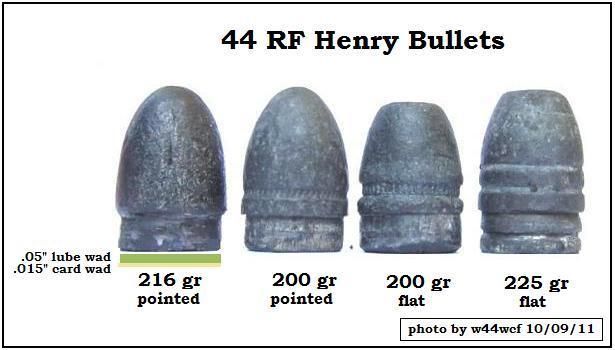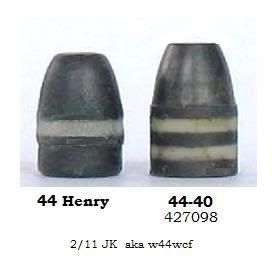This should give you a workable result. And is from the patent. Please read it.
http://www.google.com/patents/US4432...%2C819&f=false
Part 1
39% lead nitrate
01% gum arabic
Part 2
40% lead hypophosphite
20% grit
Either:
Method A
1. Mix water with part one
2. Mix part one with part 2
3. Load cases
Method B
1. Mix part one with part two
2. Load cases
3. Add drop of water into case
There are other ways of doing this also. FWIW, because of the closeness of the primer mix to the powder in rf, the mix used can be very different than what is needed in a Boxer primer.
Totally separate from the primer mix. From G. Frost's book "Ammunition Making". Warning this was typed now by me and I'll review it again latter to make sure it is correct.
You might have to make the lead hypophosphite. Buy calcium hypophosphite solution(it was taken off the DEA restricted list in 2011) say a 30%. On a dry basis you need 252 grams of calcium hypophosphite and 491 grams of lead nitrate to make 500 grams from . Dissolve the lead nitrate in about 2 litters of water. Pour the lead nitrate solution into the calcium hypophosphite solution. Lead hypophosphite will settle to the bottom and the calcium nitrate will stay in the water(for the most part). Filter out the lead hypophosphite and wash it well with water to remove any calcium nitrate.
FWIW. I have used sodium hypophosphite instead of calcium hypophosphite, because of the DEA list at the time. I used the part B solution from an electroless nickel plating kit. The amounts to mix to make the lead hypophosphite have to be rebalanced due to the difference in weight of the sodium vs calcium.
PS
I've just clarified part of the use of sodium hypophosphite .

















 Reply With Quote
Reply With Quote








